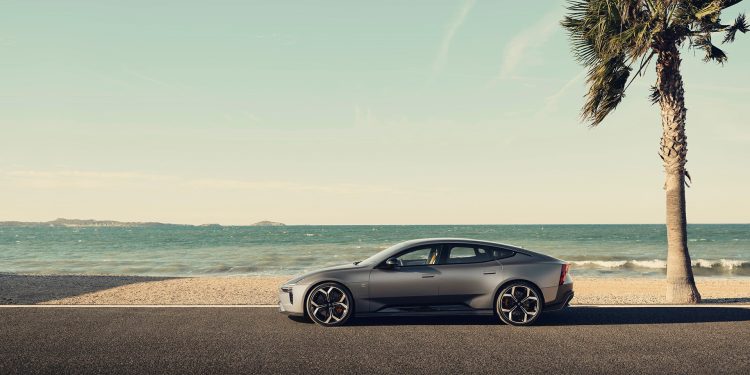Polestar 5 is a new electric GT entrant
Words NZ Autocar | Images Polestar
In Munich, the Polestar 5 has been revealed in full production form. It is a high-end electric GT challenger. Deliveries will soon get underway, with a Dual Motor Launch Edition and Dual Motor Performance initially. It goes up against Porsche Taycan models, and may even surpass them in range and power.
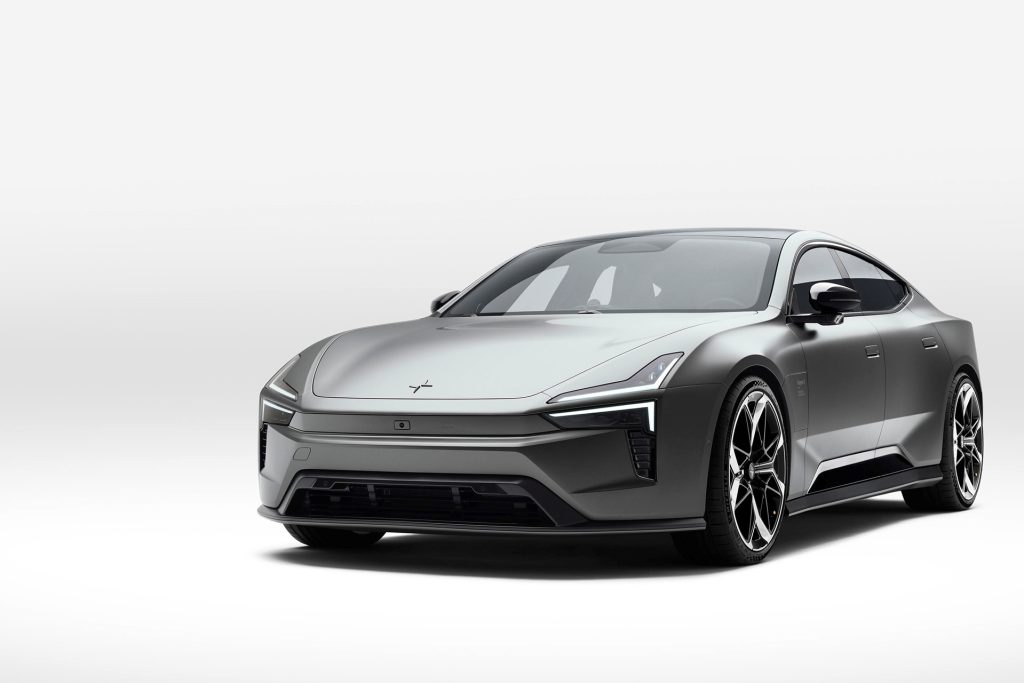
Pricing and Variants
The two launch versions both feature a 112kWh battery and dual-motor set-up. The entry-level version barely undercuts the base single-motor Taycan on price but supposedly outperforms the dual-motor Taycan 4S for power and range. It conjures 550kW, and offers a sprint time to 100 of 3.9sec, while WLTP range is a claimed 666km.
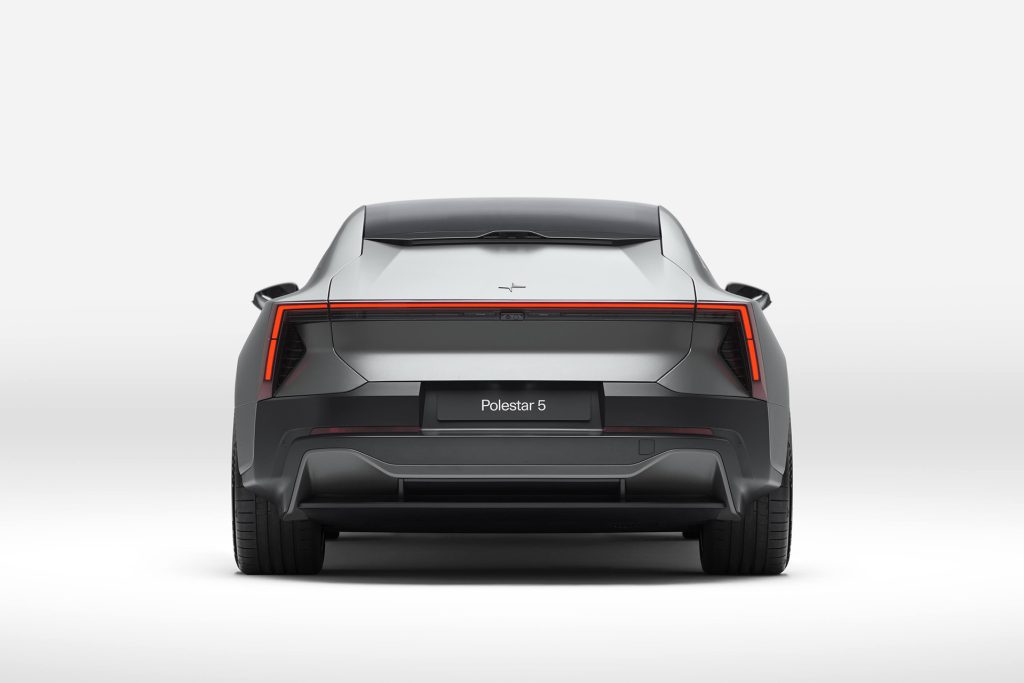
The Performance model makes 650kW, and hits 100 in a stated 3.2sec. The Porsche equivalent is quicker but considerably more expensive. PS5’s WLTP range is 562km, largely due to performance-focused 21-inch wheels and big tyres.
Engineering and Chassis
The Polestar 5 uses a bespoke chassis designed in the UK by engineers experienced in British sports cars. Built around an extruded aluminium structure similar to that of the Lotus Elise, the car benefits from high stiffness while keeping suspension and drivetrain systems relatively simple.
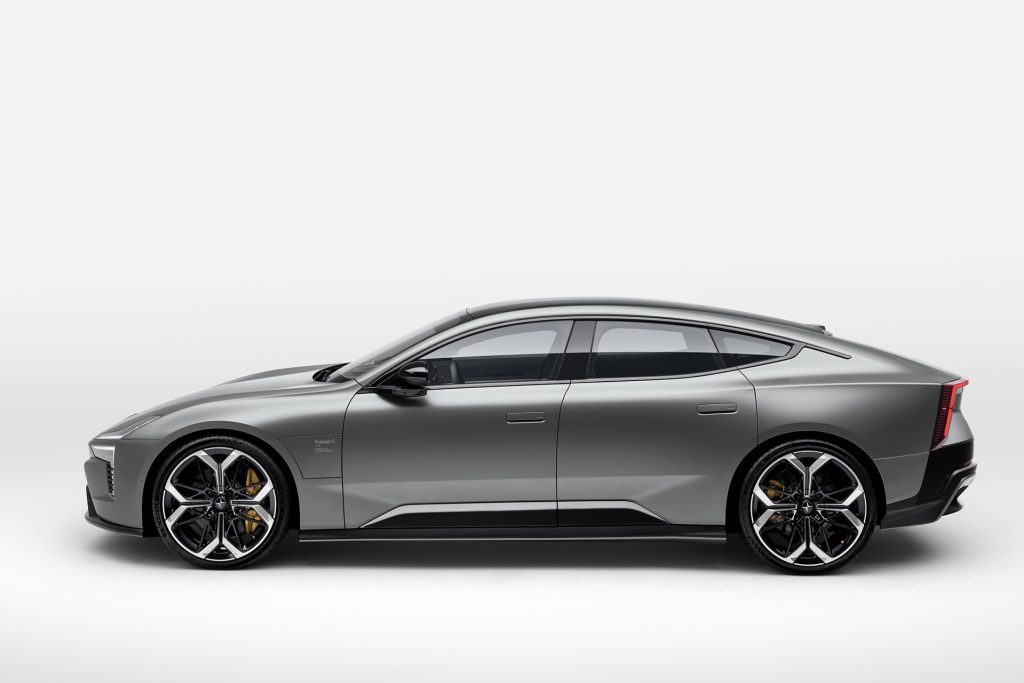
The suspension is double-wishbone at all four corners, with coil springs and standard magnetic dampers. It eschews rear-wheel steering, torque vectoring, limited-slip differentials, and two-speed transmissions. Polestar argues these are unnecessary due to the solid fundamental engineering of the car. That said, the Polestar 5 is 250kg heavier than the Taycan, partly because of its larger battery.
Battery and Charging
And on that, the PS5 uses a 106kWh usable NMC lithium-ion battery, and runs an 800V electrical system. It supports peak charging speeds of 350kW, allowing a 10–80 per cent charge in 22 minutes. That’s four minutes adrift of Taycan’s charge time.

Design and Cabin
The Polestar 5 retains a sharp, contemporary appearance, like that of the concept. The body is low, sleek and has flared wheel arches. Big 21-inch wheels are standard though 22-inch wheels are available on the Performance model. There’s no rear window, replaced with a solid panel that creates an unusual boot shutline.
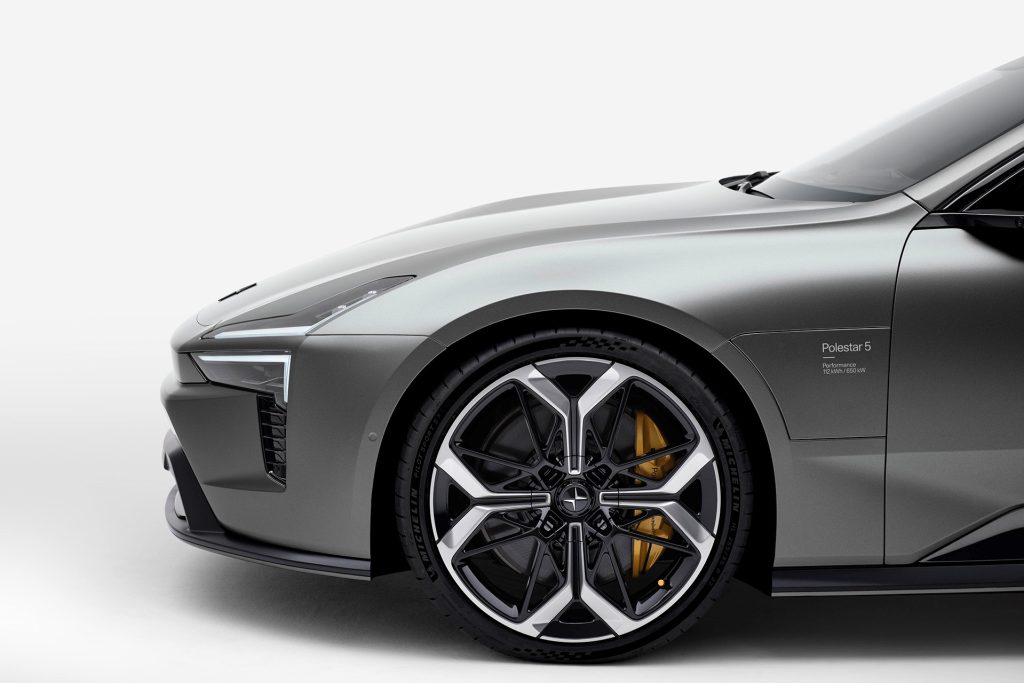
Inside, the design resembles the Polestar 3 with a minimalist approach. The infotainment combines an 11.2-inch vertical touchscreen with a driver’s display. A glass roof is standard, and although the car seats five, it is described as a “4+1” due to limited space in the centre rear seat. Rear passenger room is better than that of the Taycan however, thanks to battery packaging that frees up foot space. Luggage capacity is 365L in the rear and there’s 65 litres more up front, slightly less than the Porsche’s. There is no estate version.
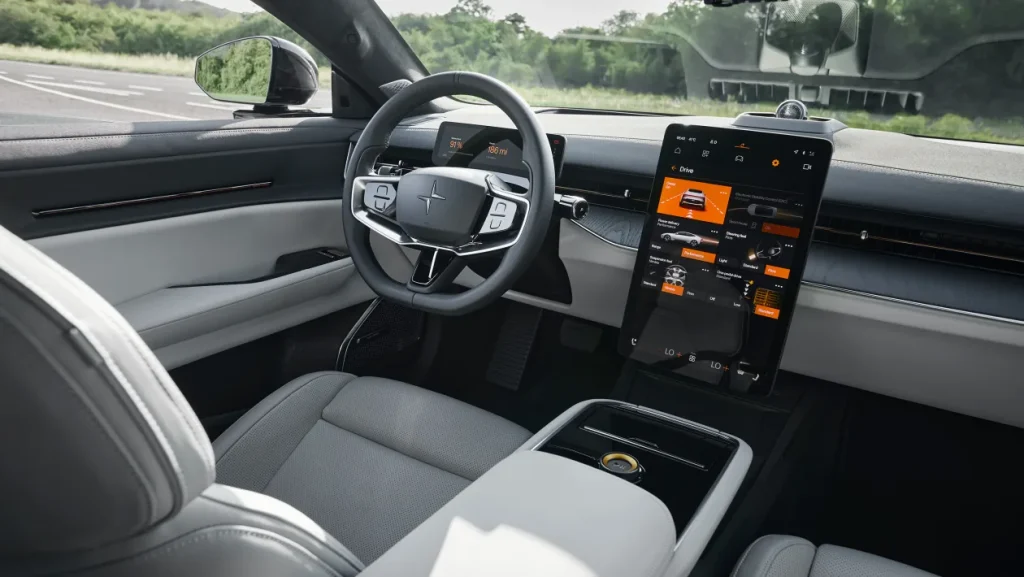
Development Challenges
Polestar faced obstacles during development. A mid-programme switch in battery chemistry set things back and a late design change required shortening the wheelbase and redesigning the windscreen and doors. Meantime, sales in the large electric GT segment began to slow, with Taycan and Audi e-Tron GT experiencing weaker demand while other projects were cancelled.
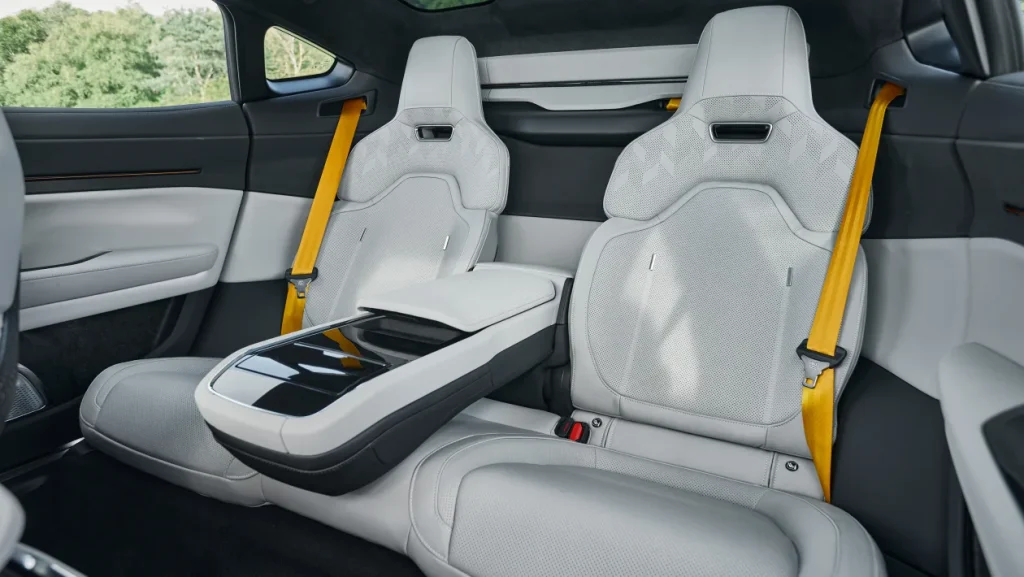
Market Outlook
Despite entering a contracting market, the Polestar 5 aims to succeed through performance and design. With strong engineering, competitive specifications, and a focus on Scandinavian design, the Polestar 5 represents a bold move into a tough EV market sector.


